Shrubs for formal looking Hedge question
vcreed2002
11 years ago
Related Stories
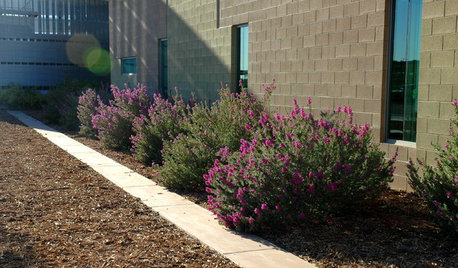
GARDENING GUIDESHow to Avoid Overcrowded, Overpruned Shrubs
Go for a more natural look that’s easier and less expensive to maintain by giving your plants the right amount of growing room
Full Story
GARDENING GUIDESHow to Prune Your Flowering Shrubs for the Best Blooms
Less is often more when it comes to properly pruning flowering shrubs. Here’s what to do and why
Full Story
GARDENING GUIDES9 Low-Growing Hedges That Make Good Neighbors
Define garden areas or borders without blocking the view, with these evergreen shrubs that take kindly to trimming
Full Story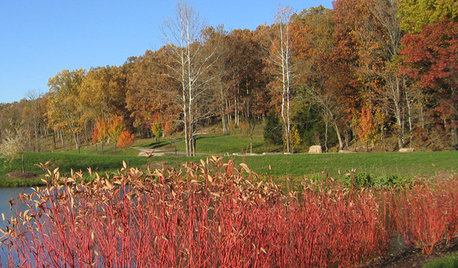
GARDENING GUIDESThese Hedges Can Add Interest to Your Winter Garden
Evergreen trees and shrubs provide structure and color in the winter months — and can attract wildlife too
Full Story
TREESHow to Buy Healthy Trees and Shrubs
A healthy young plant with a strong form is more likely to do well in your yard. Here’s what to look for at the nursery
Full Story
GARDENING GUIDES8 Native Shrubs for Year-Round Bird Feeding
It’s not just about berries. These plants provide insects for birds and seasonal interest for gardeners
Full Story
GARDENING GUIDES8 Deer-Resistant Elegant Evergreen Shrubs to Plant This Fall
Who knew that such beautiful shrubs could be deer-resistant?
Full Story
FEEL-GOOD HOMEThe Question That Can Make You Love Your Home More
Change your relationship with your house for the better by focusing on the answer to something designers often ask
Full Story
CURB APPEAL7 Questions to Help You Pick the Right Front-Yard Fence
Get over the hurdle of choosing a fence design by considering your needs, your home’s architecture and more
Full Story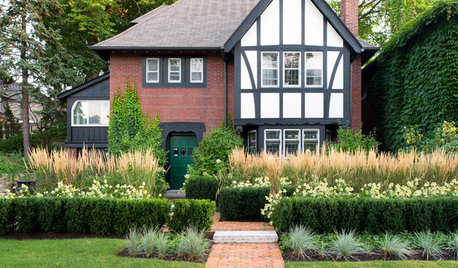
LANDSCAPE DESIGNHow Low Can Hedges Go? Discover Unusual Garden Borders
Short enough to step over, high enough to be a stretch ... check out these radically different hedge styles and tell us your opinion
Full StorySponsored
More Discussions






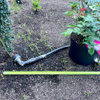
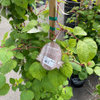
lisanti07028
ken_adrian Adrian MI cold Z5
Related Professionals
Clark Landscape Architects & Landscape Designers · Concord Landscape Contractors · Costa Mesa Landscape Contractors · Fort Worth Landscape Contractors · Hampton Bays Landscape Contractors · Hannibal Landscape Contractors · Soddy Daisy Landscape Contractors · Waterford Landscape Contractors · West Allis Landscape Contractors · Town 'n' Country Window Contractors · Oceanside Driveway Installation & Maintenance · Royal Oak Driveway Installation & Maintenance · Mastic Decks, Patios & Outdoor Enclosures · Reading Decks, Patios & Outdoor Enclosures · Somerville Decks, Patios & Outdoor Enclosuresvcreed2002Original Author
vcreed2002Original Author
vcreed2002Original Author
lisanti07028
gardengal48 (PNW Z8/9)
jimbobfeeny
ken_adrian Adrian MI cold Z5
strobiculate
ken_adrian Adrian MI cold Z5
jerseygirl07603 z6NJ
jimbobfeeny
strobiculate
vcreed2002Original Author
jimbobfeeny
mad_gallica (z5 Eastern NY)
vcreed2002Original Author
botann
vcreed2002Original Author
robinsway
jimbobfeeny
botann
vcreed2002Original Author
NHBabs z4b-5a NH